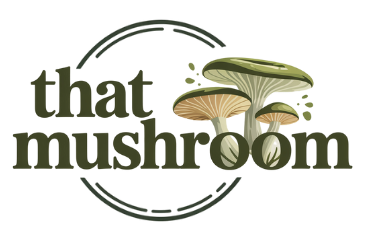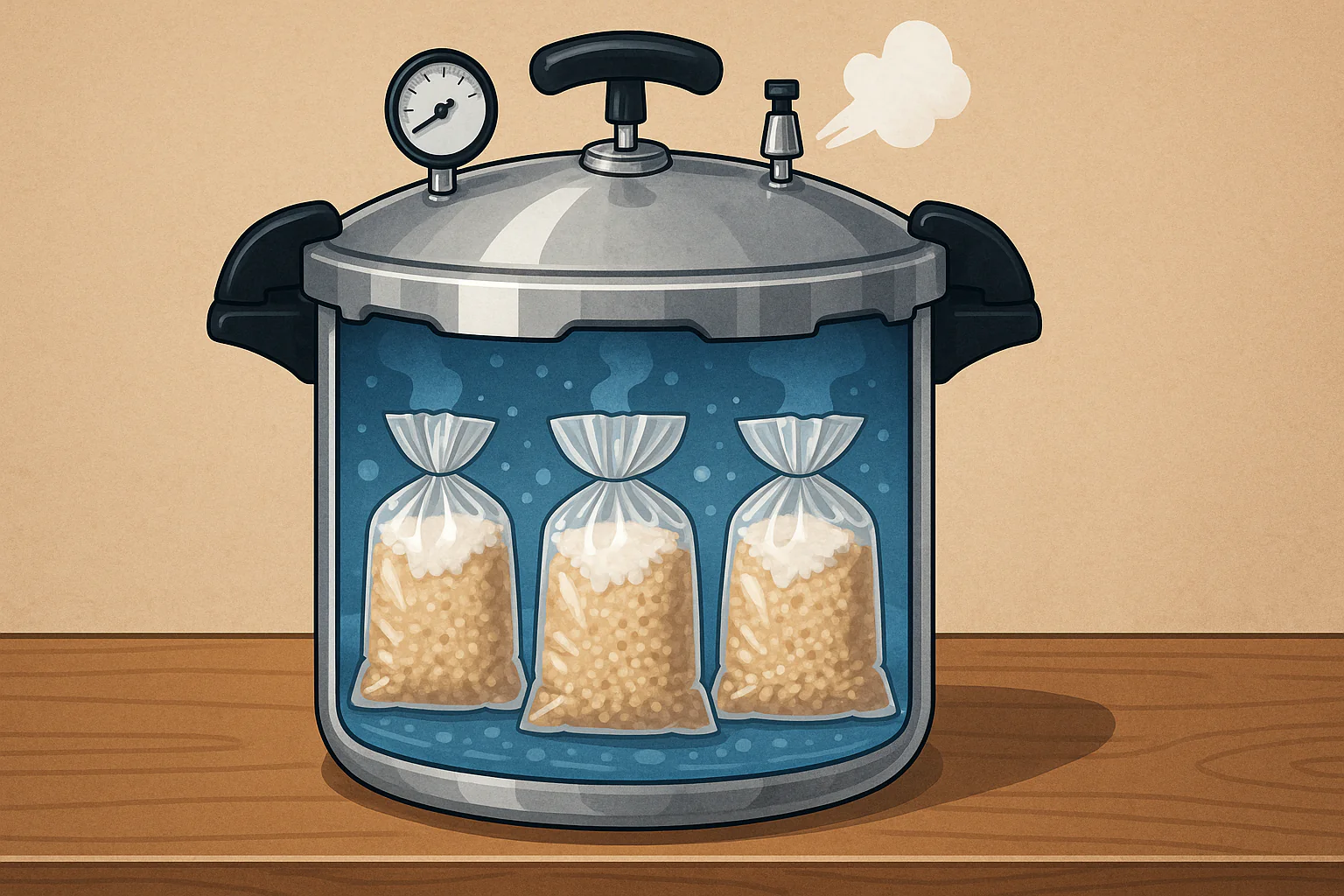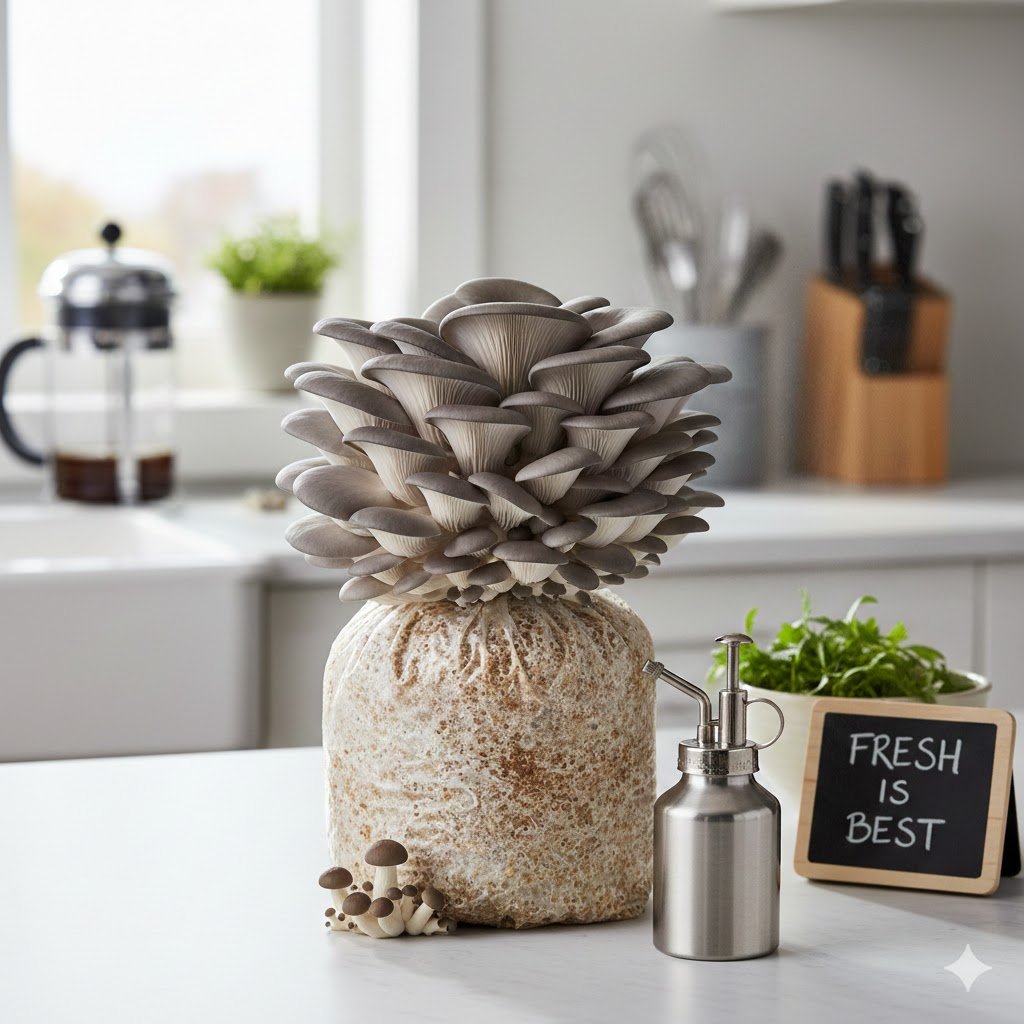What is the difference?
In the world of mushroom cultivation, ensuring a clean and conducive environment for your fungi to thrive is crucial. Two commonly used methods for achieving this are pasteurization and sterilization. Both have their unique advantages and applications, but which one is best suited for your mushroom growing needs? In this article, we’ll explore pasteurization versus sterilization in mushroom cultivation, examining their differences, benefits, and ideal use cases.
Understanding Pasteurization and Sterilization
What is Pasteurization?
Pasteurization is a heat treatment process designed to reduce the number of viable pathogens in a substrate without completely destroying all microorganisms. Named after Louis Pasteur, this method typically involves heating the substrate to a temperature range of 60-80°C (140-176°F) for a specific duration. The goal is to eliminate harmful bacteria, molds, and other contaminants while preserving beneficial microorganisms that can aid in mushroom growth.
Key Benefits of Pasteurization:
- Selective Microbial Control: By targeting harmful pathogens while preserving beneficial microbes, pasteurization creates a more balanced environment.
- Energy Efficiency: Pasteurization generally requires less energy compared to sterilization, making it a more cost-effective option.
- Simplicity: The process is relatively straightforward and can be achieved using common equipment like a large pot or a specialized pasteurizer.
What is Sterilization?
Sterilization, on the other hand, is a more rigorous process that aims to eliminate all forms of microbial life, including bacterial spores, molds, and yeasts. This is typically achieved by exposing the substrate to high temperatures of around 121°C (250°F) under pressure in an autoclave or pressure cooker. Sterilization ensures that the substrate is completely free from any microbial contaminants, providing a blank slate for your mushroom culture.
Key Benefits of Sterilization:
- Complete Microbial Elimination: By removing all microorganisms, sterilization minimizes the risk of contamination and provides a clean environment for mushroom mycelium to colonize.
- Consistency: Sterilization ensures a uniform substrate condition, which can lead to more predictable and reliable mushroom yields.
- Versatility: This method can be used for a wide range of substrates, including grains, sawdust, and other materials that might be difficult to pasteurize effectively.
Pasteurization vs. Sterilization
Factors to Consider
- Type of Substrate:
- Grain Substrates: Sterilization is often preferred for grains as they are more prone to contamination due to their nutrient-rich nature.
- Straw or Sawdust Substrates: Pasteurization is usually sufficient for these substrates as they can be effectively cleaned without the need for complete sterilization.
- Mushroom Species:
- Commercial Cultivation: For high-value or commercial mushroom species like oyster or shiitake, sterilization might be favored to ensure maximum yield and minimal contamination.
- Home Cultivation: For hobbyists growing species such as white button or lion’s mane, pasteurization can offer a simpler and cost-effective approach.
- Contamination Risk:
- High Risk: If you’re dealing with substrates that are highly prone to contamination, sterilization might be the safer choice to avoid issues.
- Moderate Risk: For less contamination-prone substrates, pasteurization can be effective and efficient.
- Cost and Equipment:
- Budget Constraints: Pasteurization generally requires less expensive equipment and energy, making it a more budget-friendly option for small-scale growers.
- Investment Capacity: If you’re ready to invest in an autoclave or pressure cooker, sterilization offers more rigorous contamination control.
Practical Tips for Both Methods
- For Pasteurization: Ensure that the substrate is heated evenly and maintained at the required temperature for the full duration to achieve effective microbial control.
- For Sterilization: Use a pressure cooker or autoclave with accurate temperature and pressure settings to guarantee thorough sterilization of the substrate.
Conclusion
Both pasteurization and sterilization play crucial roles in mushroom cultivation, each with its strengths and ideal applications. Pasteurization offers a balance between microbial control and energy efficiency, making it suitable for substrates like straw and sawdust. Sterilization provides a thorough clean slate, essential for substrates like grains and high-value mushroom species.
Ultimately, the choice between pasteurization and sterilization will depend on your specific needs, including substrate type, mushroom species, and contamination risk. By understanding the benefits and applications of each method, you can make an informed decision and set yourself up for successful mushroom cultivation.
For more tips and insights on mushroom cultivation, don’t forget to explore our other articles and resources. Happy growing!


